Mars has an ethereal, tenuous atmosphere at less than 1 percent the surface pressure of Earth, so scientists working on The University of Arizona's High Resolution Imaging Experiment, or HiRISE, are challenged to explain the complex, wind-sculpted landforms they're now seeing in unprecedented detail.
The HiRISE camera on NASA's Mars Reconnaissance Orbiter, the most powerful camera to orbit another planet, can see 20-inch-diameter features while flying at about 7,500 mph between 155 and 196 miles above the Martian surface. HiRISE is giving researchers eye-opening new views of wind-driven Mars geology.
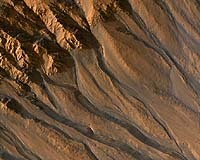
|
| ©Unknown
|
| "HiRISE keeps showing interesting things about terrains that I expected to be uninteresting," said HiRISE principal investigator Alfred McEwen of the UA's Lunar and Planetary Laboratory.
|
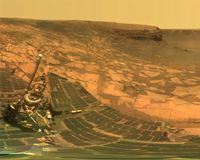

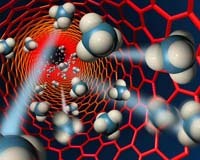
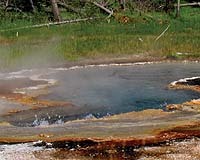
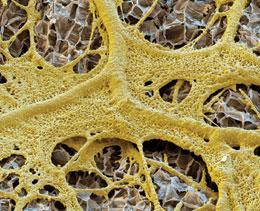
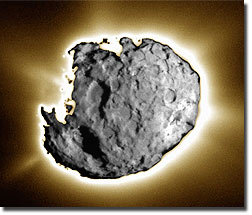



Comment: Look at that! An asteroid is having a close encounter with the Earth and a spy satellite might hit the Earth, which no one is sure what kind of materials it contains, yet harmful as reported. Interesting that SOTT has carried a few editorials, very recently, on the subject of threats to Earth from space debris:
Wars, Pestilence and Witches
Cosmic Turkey Shoot
The Hazard to Civilization from Fireballs and Comets
New Light on the Black Death: The Cosmic Connection